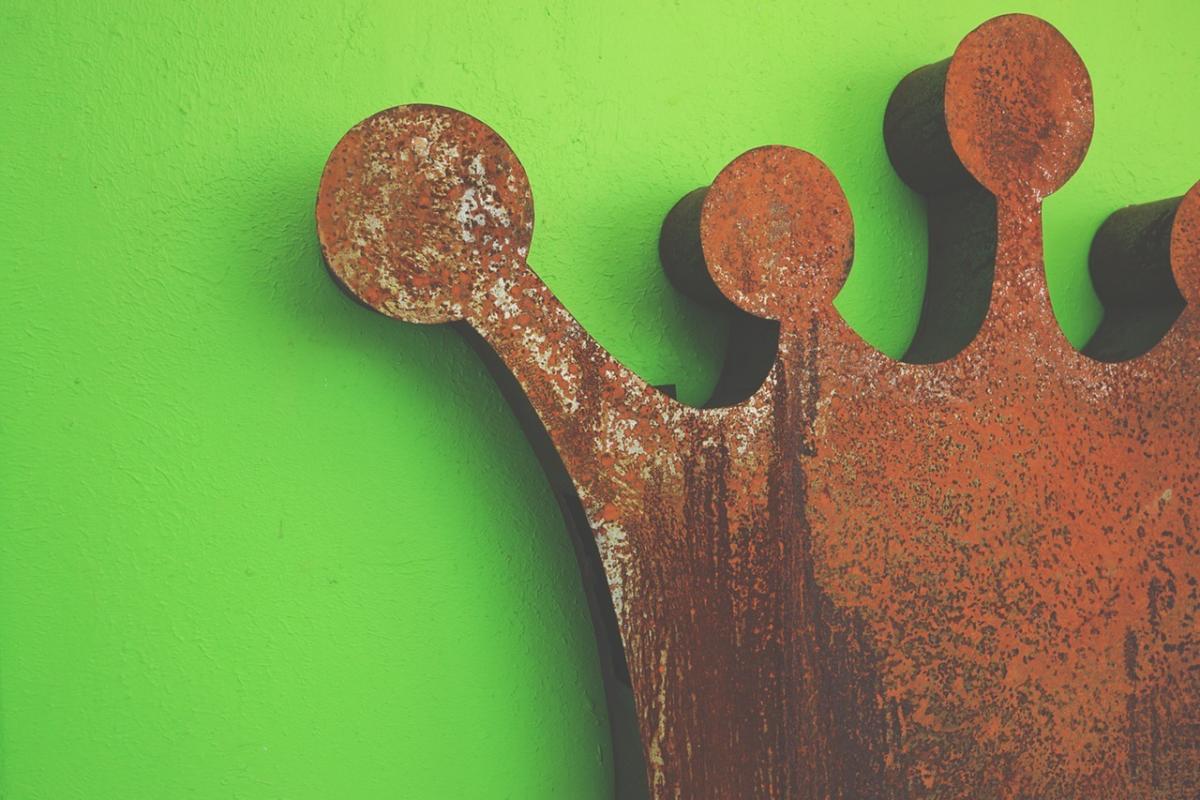
In any case, cavity corrosion is extremely harmful to metals.Ĭrevice corrosion is a type of rust that commonly happens in confined areas. The corrosion can create both small and deep pits, depending on the intensity and duration of the exposure. It results in pits along the surface, which, consequently, dramatically reduce the strength of the metal. Types of CorrosionĬavity corrosion is a common type of rust that usually appears on exposed steel used in infrastructure. Now, let’s explore the most common types of rust out there. I will take a closer look at that further down in the article. Keep in mind that all types of rust and corrosion can be prevented or removed with the proper equipment. Additionally, it can present itself in a variety of colors, depending on the ratio of oxygen/water that the iron has been exposed to. However, it comes in several different forms, depending on the method of its inception.

Depending on the intensity of the exposure, rust can take from mere days to several months to form.įrom a chemical standpoint, rust is nothing more than iron oxide - Fe²O³. Iron reacts quite easily with oxygen, so rust is inevitable if you leave a piece of it exposed to water for a certain period of time. It happens when the iron is exposed to both water and oxygen - a process commonly known as oxidation. Rust is the term we use for corrosion and oxidation of iron and its various alloys.


 0 kommentar(er)
0 kommentar(er)
